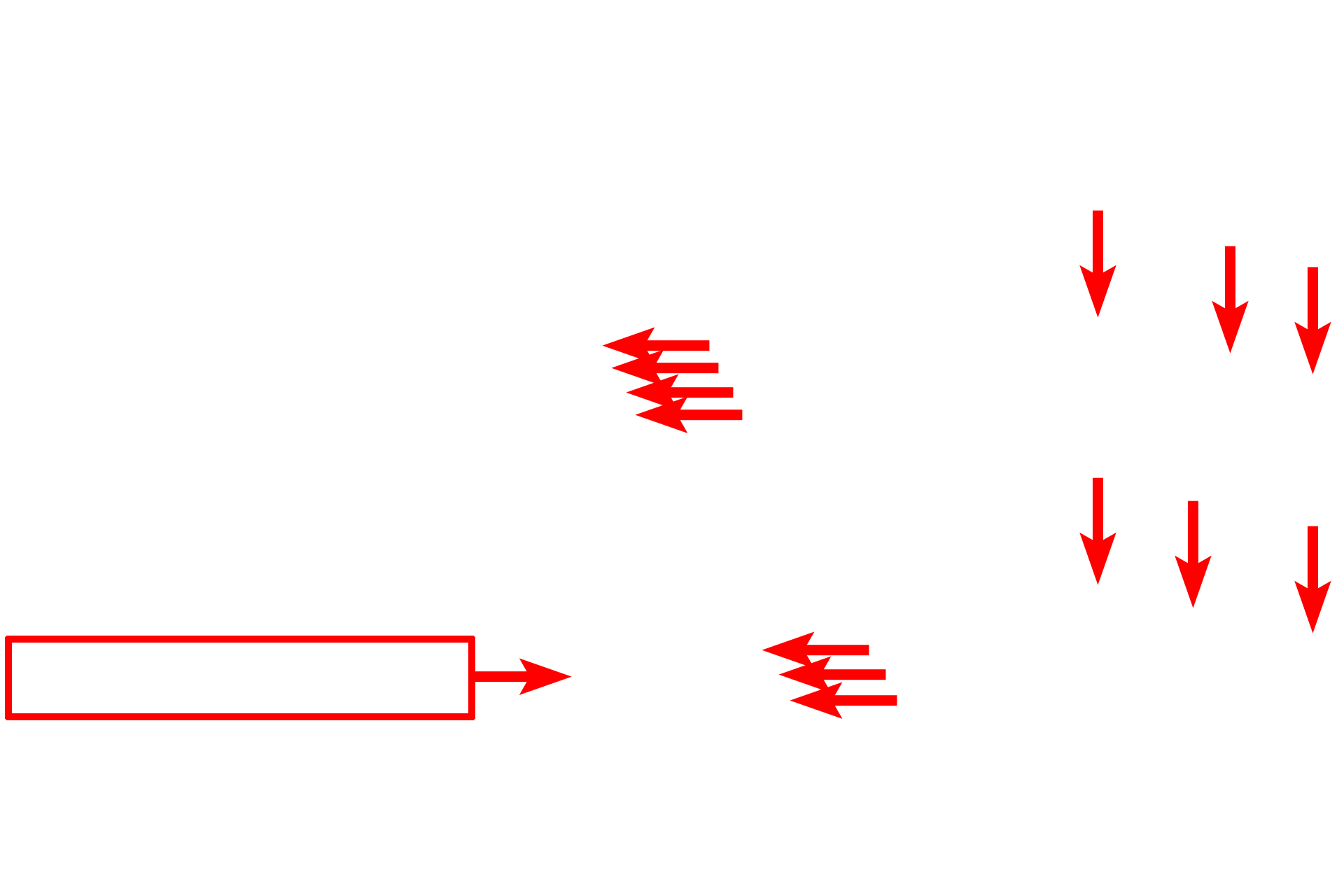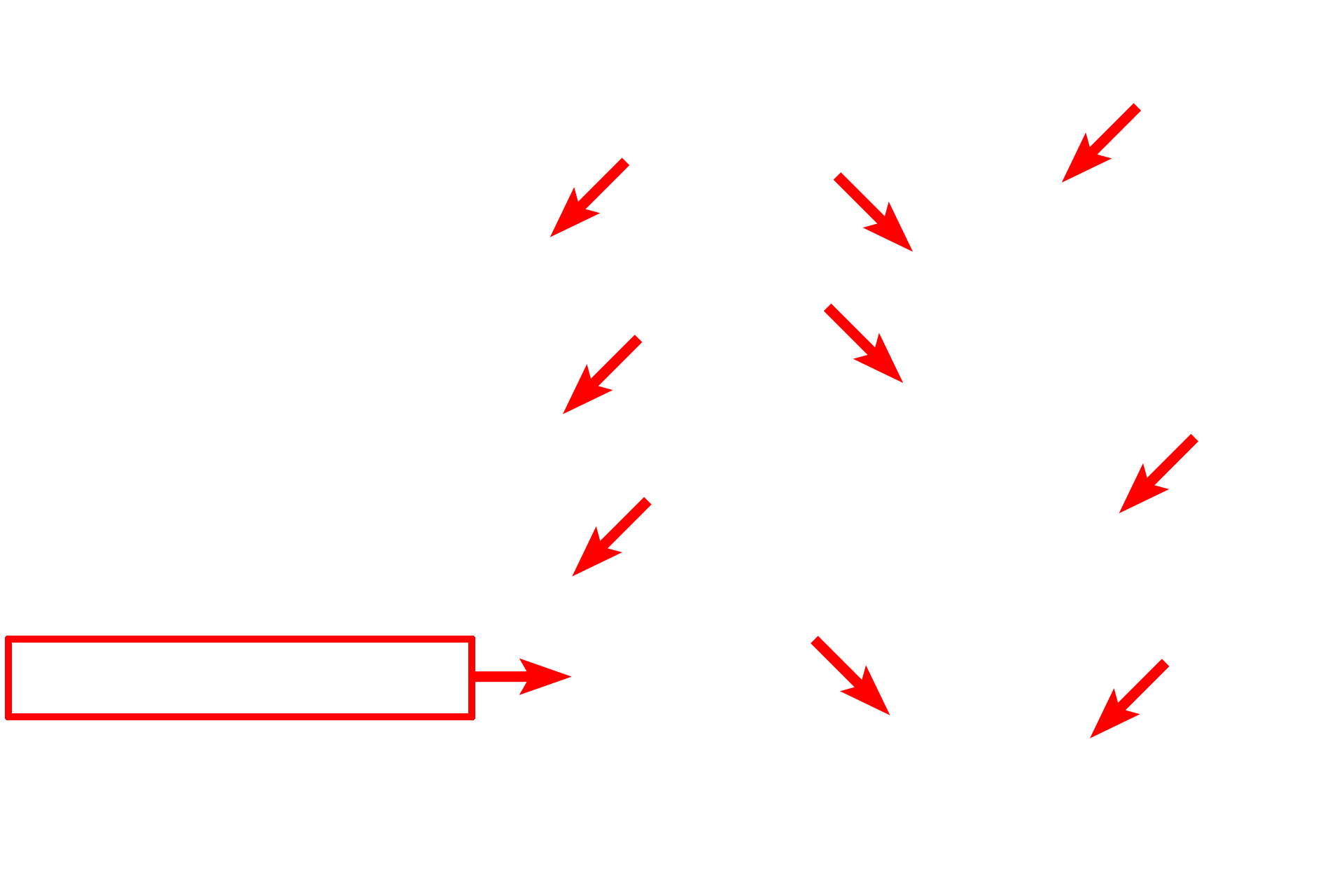
Sensory retina
Each rod and cone photoreceptor consists of an outer photosensitive segment, an inner segment containing most of the metabolic machinery for the biosynthetic and energy-producing processes of the cell, a nuclear region and a thin process that leads inward to make synaptic contact with the neurons in the inner nuclear layer. The electron micrographs show the structure of a rod outer segment. 1000x, 20,000x, 35,000x.

Photoreceptor layer>
The photoreceptor layer contains rods and cones, the photosensitive cells.

Rod >
The retina contains approximately 120 million rods and 7 million cones. Rods, so named based of the cylindrical shape of their outer segments, are not evenly distributed across the retina. Rods predominate in peripheral regions of the retina and are more responsive to low light levels.

Cone >
The 7 million cones are concentrated in the central retina, notably in in the fovea, the region of greatest visual acuity. Cones are named because of the conical shape of their outer segments.

Inner segments >
The inner segments of rods and cones contain the majority of the metabolic organelles of the cell.

Outer segments >
The outer segments of rods (seen in these electron micrographs) are roughly cylindrical and consist mainly of 600–1000 flattened membranous discs. The discs are stacked like coins within the cytoplasm of the outer segment; their membranes are not connected to the plasma membrane. In cones, this outer segment is cone-shaped and the disc membranes remain continuous with the plasma membrane. Phototransduction occurs along the disc membranes.

- Membranous discs >
The outer segments of rods are roughly cylindrical and consist mainly of 600–1000 flattened membranous discs. The discs are stacked like coins within the cytoplasm of the outer segment; their membranes are not connected to the plasma membrane. Phototransduction occurs along the disc membrane.

- Plasma membrane
The outer segments of rods are roughly cylindrical and consist mainly of 600–1000 flattened membranous discs. The discs are stacked like coins within the cytoplasm of the outer segment; their membranes are not connected to the plasma membrane. Phototransduction occurs along the disc membrane.